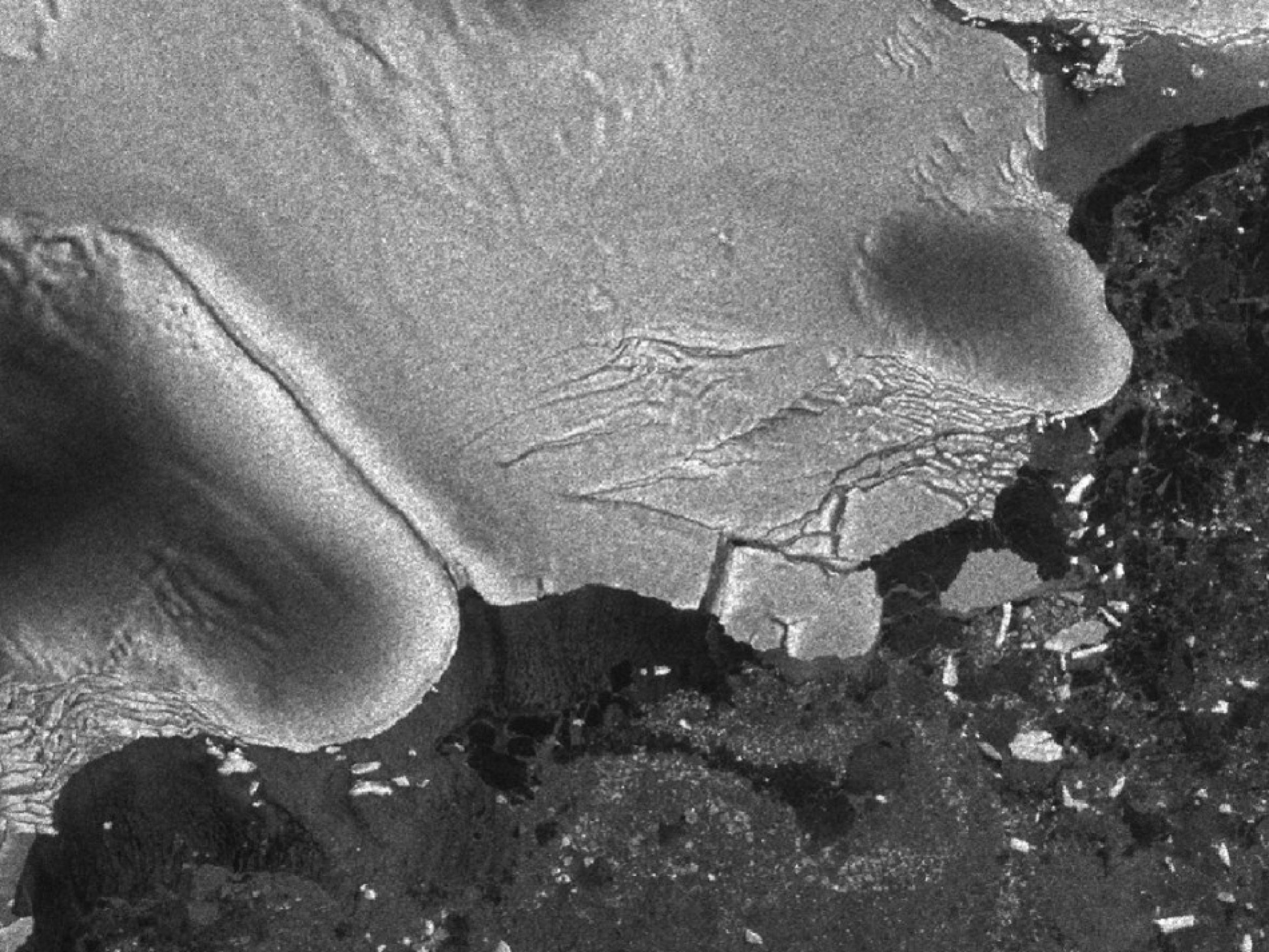Japan Tsunami Caused Calving of Antarctic Iceberg the Size of Manhattan (PHOTOS+VIDEO)
For the first time in history, scientists and researchers were able to find a direct connection between tsunamis and the creation of icebergs.
Using European Space Agency Envisat data, A NASA scientist and her colleagues were able to provide first observational evidence that a Northern Hemisphere tsunami triggered Antarctic ice-shelf calving more than 13 000km away.
The Tohoku earthquake and tsunami that occurred on March 11, 2011 propagated across the Pacific and Southern Oceans reaching Antarctica in less than eighteen hours. On reaching the region, it impinged on the Sulzberger Ice Shelf causing the calving of an iceberg almost the size of Manhattan.
As per historical records, this particular piece of ice has previously been stable and never budged for more than 46 years.
"In the past we've had calving events where we've looked for the source. It's a reverse scenario - we see a calving and we go looking for a source," Kelly Brunt, a cryosphere specialist at Goddard Space Flight Center, Greenbelt, Md stated. "We knew right away this was one of the biggest events in recent history - we knew there would be enough swell. And this time we had a source."
The new findings have been detailed in the Journal of Glaciology, marking the first direct observation of such a connection between tsunamis and icebergs and illustrating the growing evidence of ocean wave impact on Antarctic calving.
The journal paper mentions that as the Japan tsunami interacted with the bathymetry of the Pacific Ocean basin, it reflected and refracted, adding to the complexity of wave arrivals along the coast of Antarctica that persisted for days.
Researchers Holdsworth and Glynn (1978) earlier suggested that the iceberg calving from ice shelves and glacier tongues could be due to fatigue associated with repeated flexure caused by the impact of ocean waves of various types.
They further proposed that given sufficient energy within an appropriate frequency band, ocean swell could resonantly excite the gravest modes of coupled gravity-wave/elastic-flexure vibration in the floating ice, which could in turn lead to calving.
Brunt and the other researchers said that the largest iceberg was about four by six miles in surface area - itself about equal to the surface area of one Manhattan while the combined ice surface together would equal about two Manhattans.



© Copyright IBTimes 2024. All rights reserved.





















